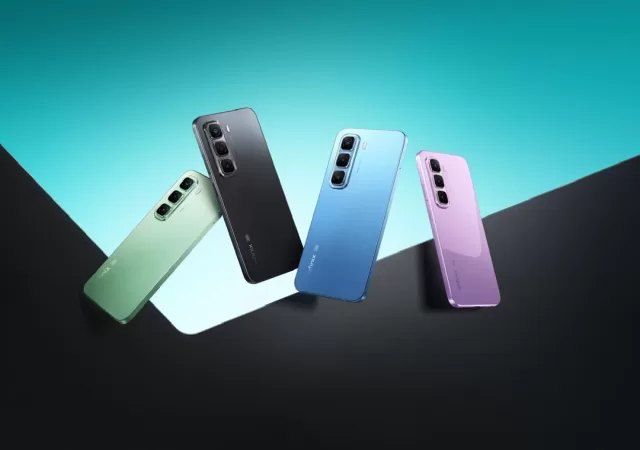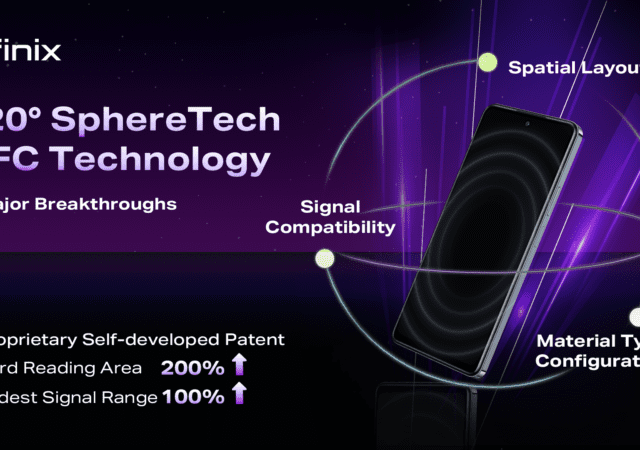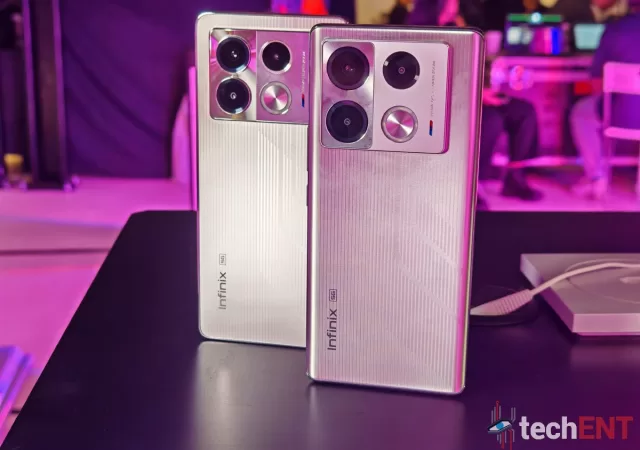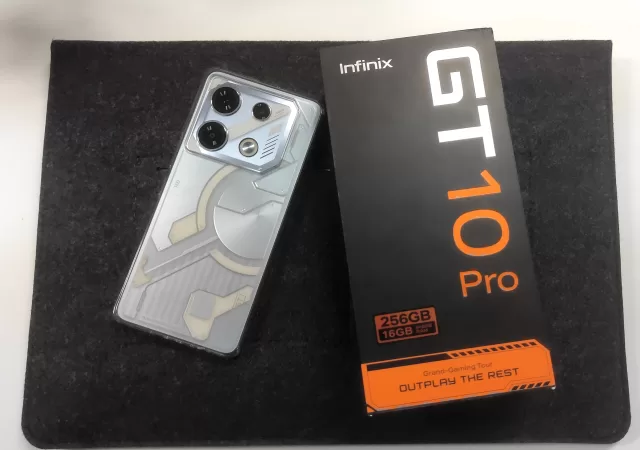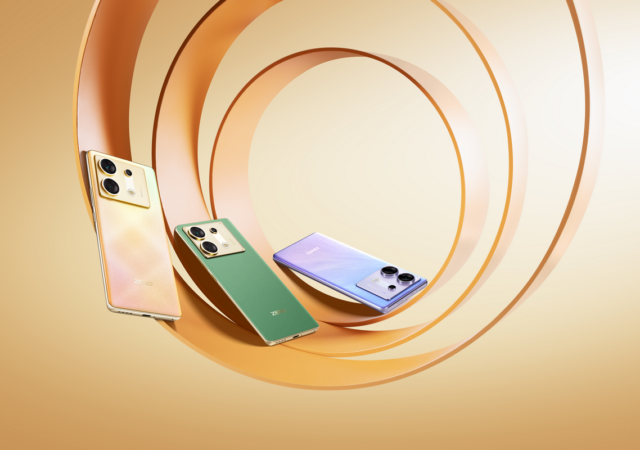Infinix introduces its latest tablet powered by the Mediatek Helio G100 Ultimate processor built for productivity – the XPAD 20 Pro.
Infinix HOT 50 5G Heats Up the Entry-Level Smartphone Market
Infinix is gunning for gold with the feature packed HOT 50 5G that comes with impressive specifications for an entry level device.
Infinix Advances NFC Technology with 720° SphereTech Technology
Infinix announces its 720° SphereTech Technology, a new approach to NFC technology that enables easier NFC activation.
Qualcomm Sues Transsion Holdings, Parent Company of Tecno and Infinix, Faces Over Patent Infringement
Tech enthusiasts and budget-conscious smartphone users might be familiar with brands like Tecno, Infinix, and iTel. These popular names belong to Transsion Holdings, a major smartphone manufacturer based in China. However, Transsion is currently facing a legal challenge from a…
Infinix Collaborates with BMW Designworks for a High-Speed Edition of the Note 40 Series
Infinix collaborates with BMW Designworks for a special Racing Edition of its midrange hero the Infinix Note 40 Series.
Infinix GT 10 Pro In-Depth Review
Infinix’s GT 10 Pro boldly steps into the realm of smartphone design with its striking Cyber-Mecha aesthetics which comes in two variants: Cyber Black (black with orange stripes) and Mirage Sliver (silver with white strips on its back). With its…
Infinix Unveils the Infinix ZERO 30 5G at Venice Film Festival
Infinix unveils the Infinix ZERO 30 5G at the Venice Film Festival with a focus on content creation and self-expression.




